1921 (Taisho 10) On Wednesday, July 27, the death of Isaka Naomoto, a wealthy merchant in Noshiro, Akita Prefecture, Japan. He was 60 years old. Isaka was born in 1860, the first year of the Manen era, as a child of a feudal retainer of Mito. His childhood name was Ryotaro. At that time, I entered Jikou-sha where the talented of Mito Domain studied, and I studied Mitogaku which developed in my hometown Mito. Mitogaku is a philosophy that is based on Confucianism, but also eclectic between Kokugaku (the study of Japanese classical literature) and Shinto, and later became the driving force of the Sonno Joi movement. In 1881 (Meiji 14), he entered Keio University at the age of 21 on the recommendation of Naomi Matsuki, a student of Yukichi Fukuzawa. He studied at the residence of Yukichi Fukuzawa and achieved excellent results.
After graduation, he joined Jiji Shinpo, a daily newspaper company founded by Yukichi Fukuzawa, but later joined Okura Gumi to become general affairs manager. After moving to the Forestry Trading Company, an affiliate of Okura Gumi, he became General Manager of the Noshiro Branch of the Forestry Trading Company in Noshiro City, Akita Prefecture, which used to be an Akita cedar collection and processing plant. This forestry trading company will be dissolved later, but Isaka decided to stay in Noshiro independently. He then started up a forestry related company, and later consolidated them into Akita Wood Co., Ltd., where he became president. In addition to establishing branches across the country and developing Noshiro’s forestry, we also contributed to regional development by launching local electric power and ironwork businesses. At the time of World War I, Noshiro City was known as the largest supplier of timber in the East and was called “Mokutou.” Naomoto Isaka, who laid the foundation for this development, is called the “father of Mokuto.”
The site of the residence of Naomoto Isaka in Goshinan-machi, Noshiro City is now maintained as Isaka Park and there is a statue of the bust of Isaka. In addition, the only Dozo that survived the Noshiro Great Fire of 1949 (Showa 24) is available free of charge as the “Isaka Memorial Hall” to honor Isaka and convey his great achievement. I have been to Akita city and Oga peninsula, but I have never been to Noshiro city in the north. I really want to go there once. My great-grandfather and great-grandmother used to trade between Niigata and Hokkaido in the Meiji period. I believe they have visited Noshiro, which is a port of call for Kitamae-bune.
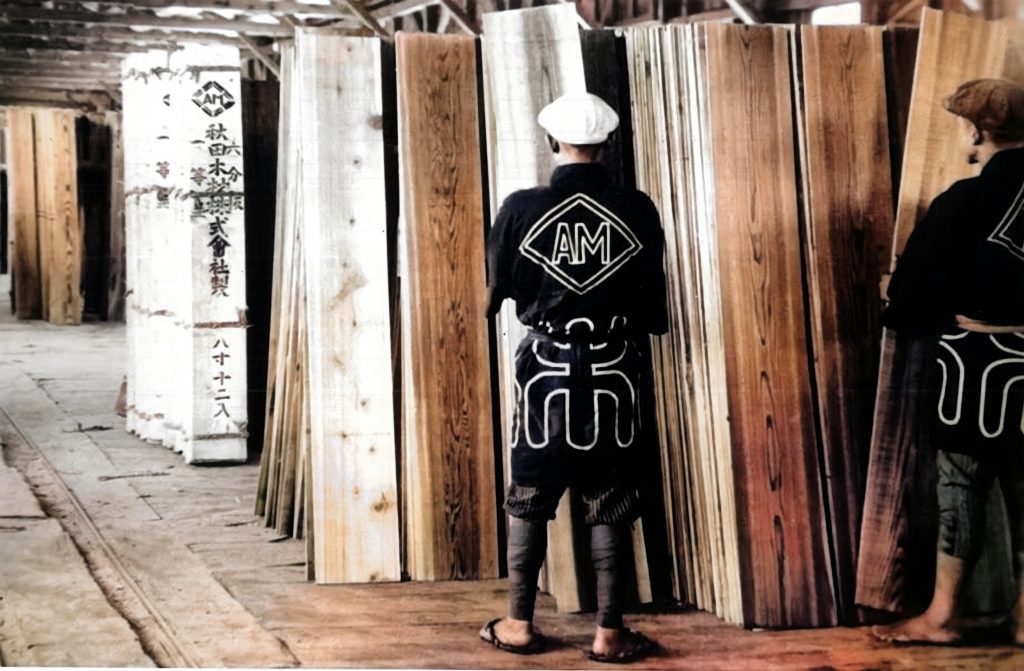
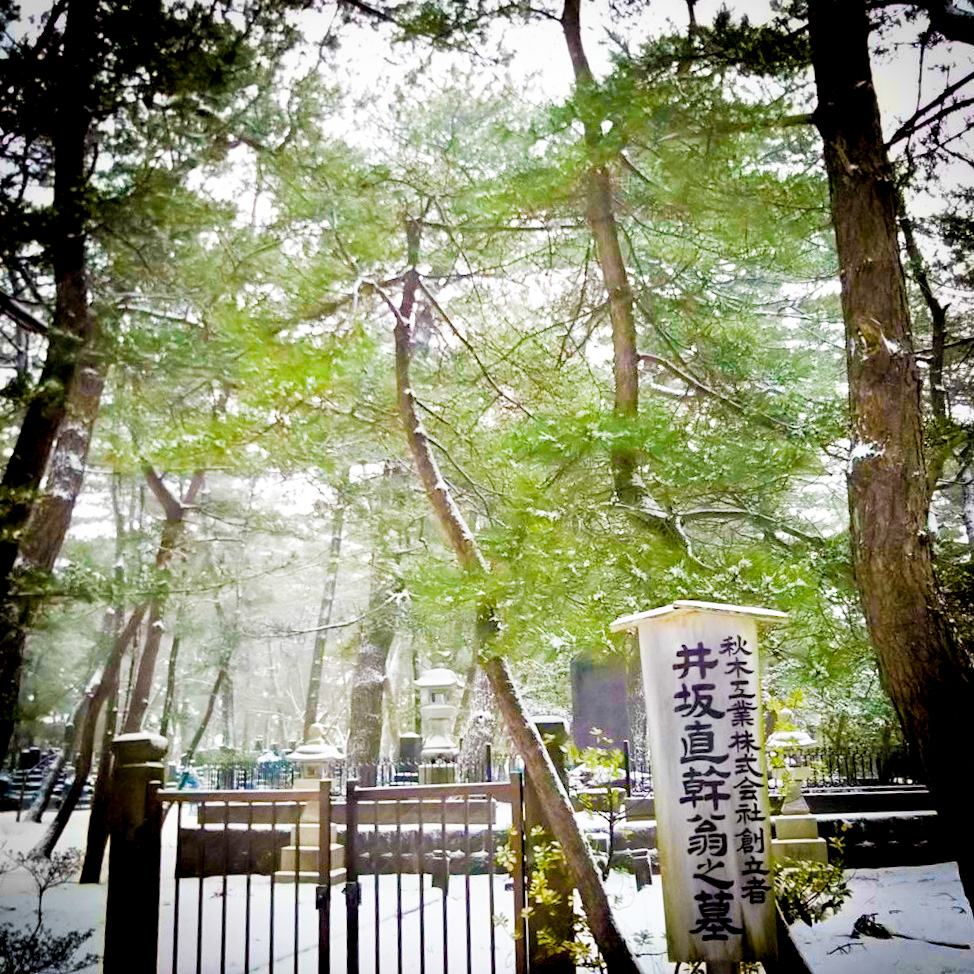
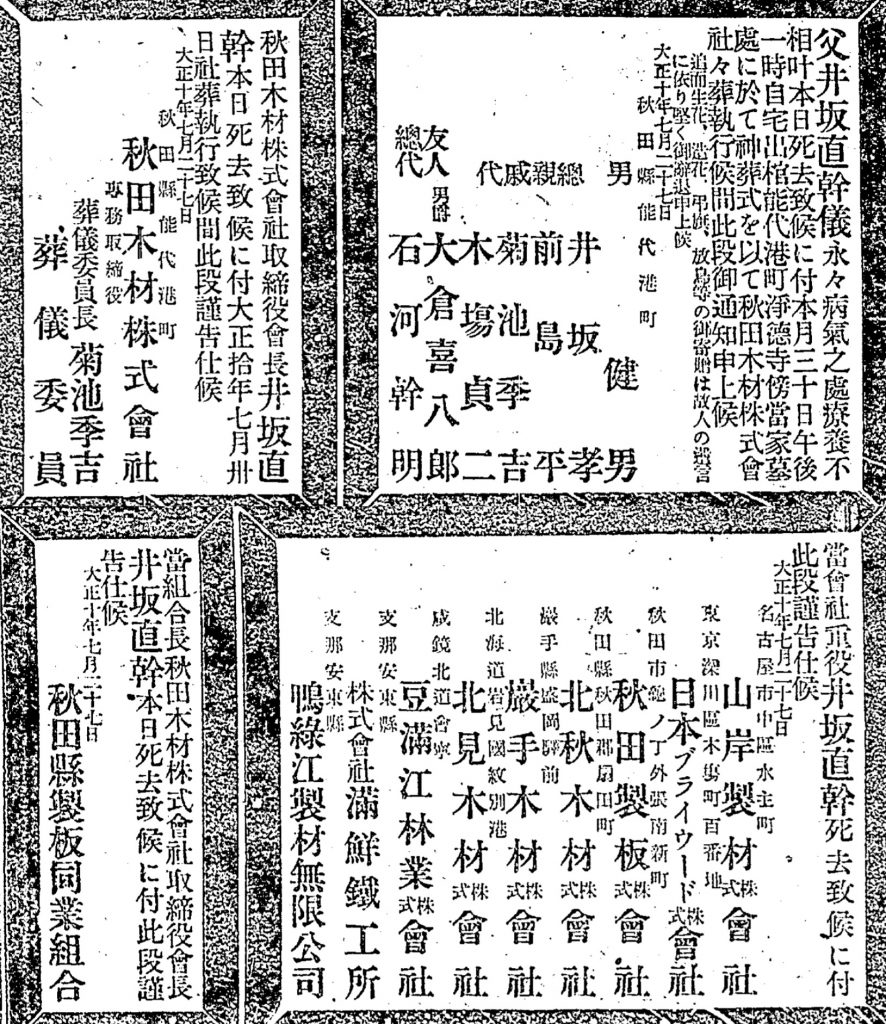
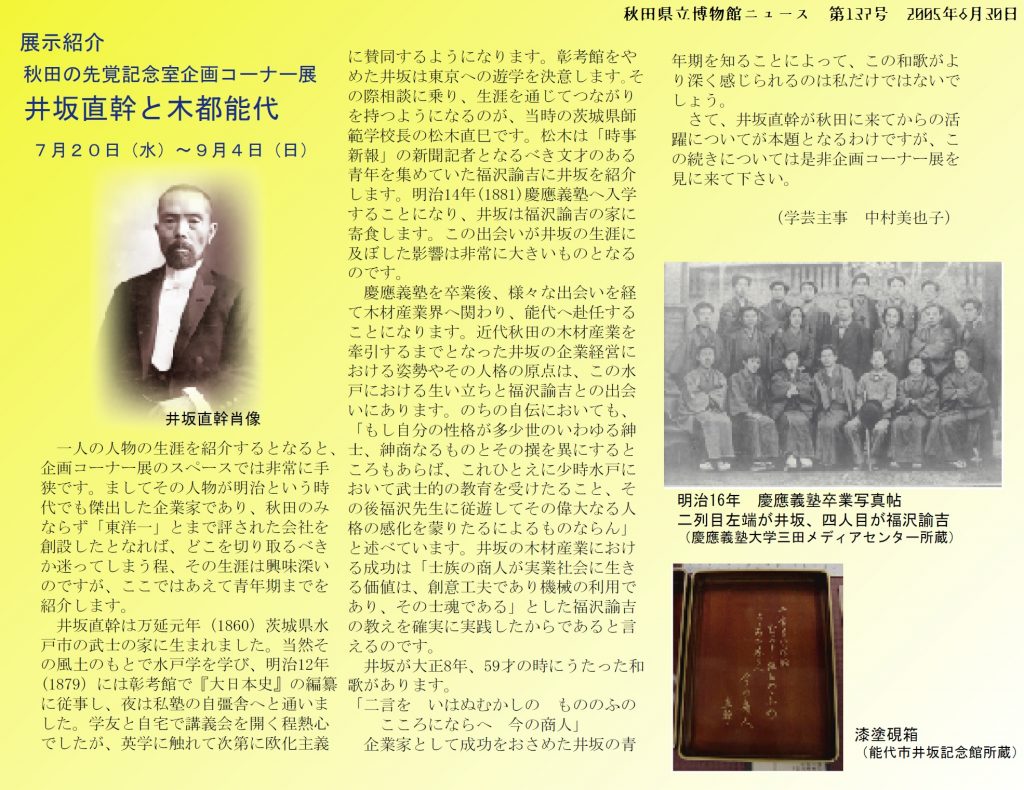
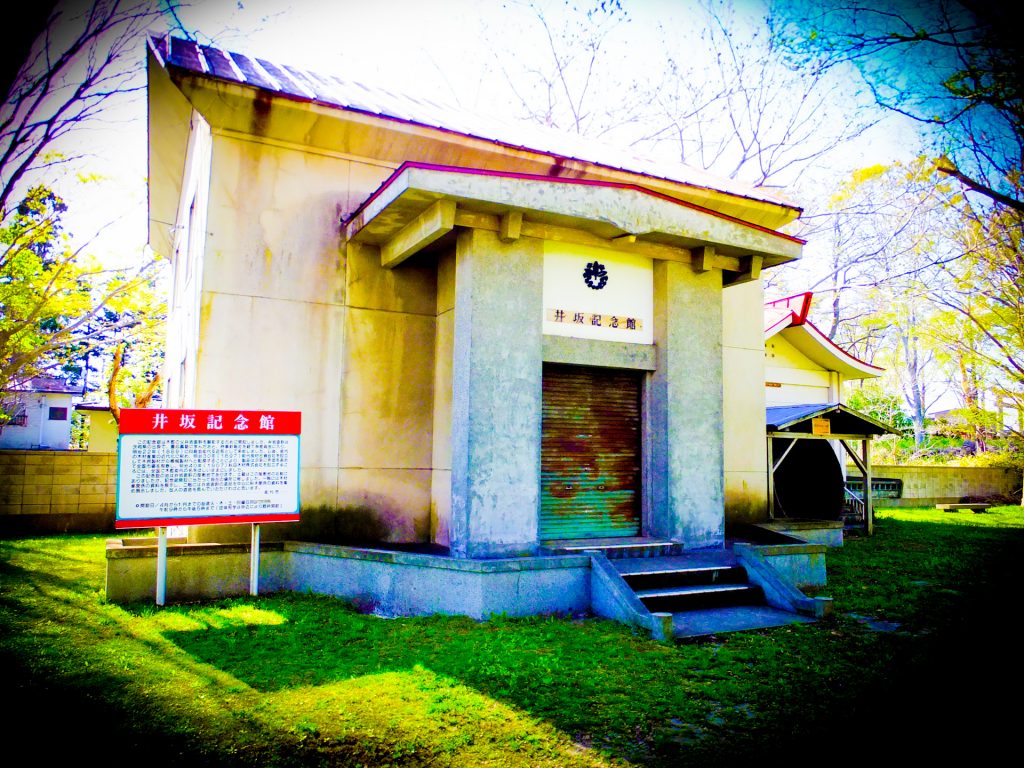
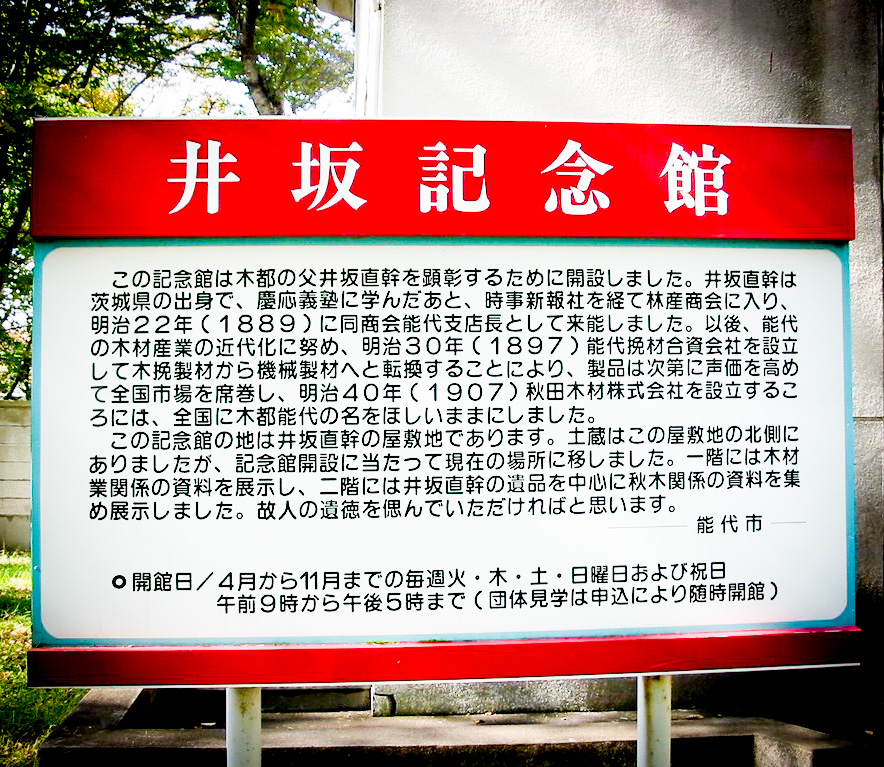
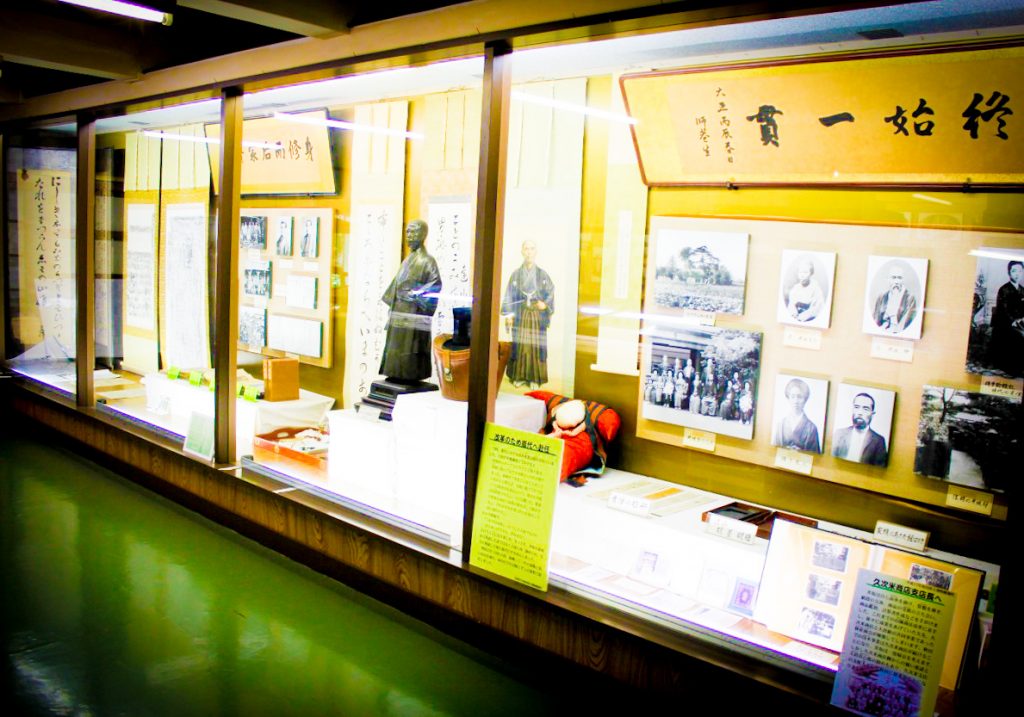

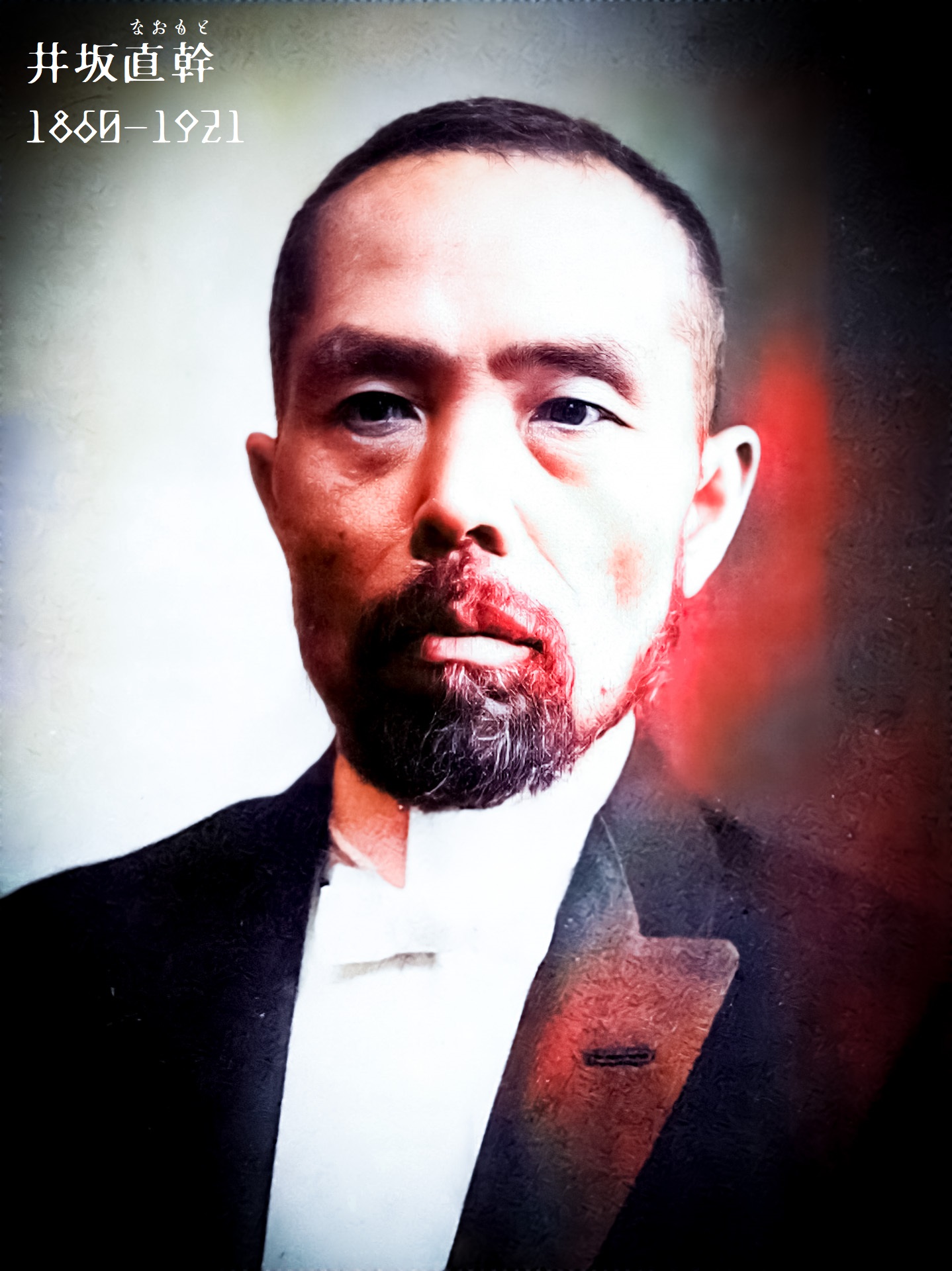
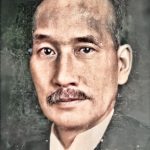
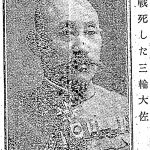
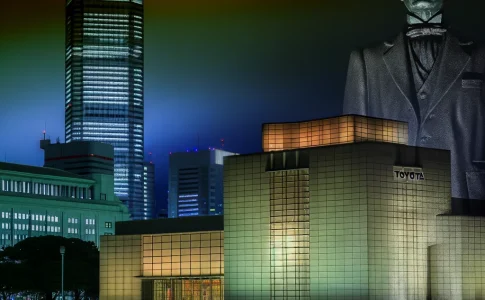

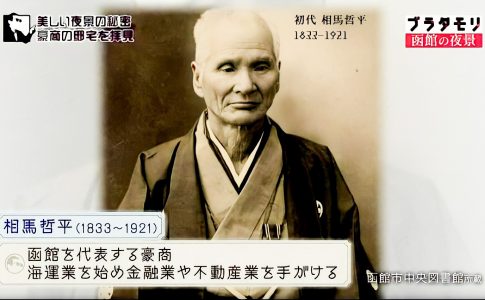
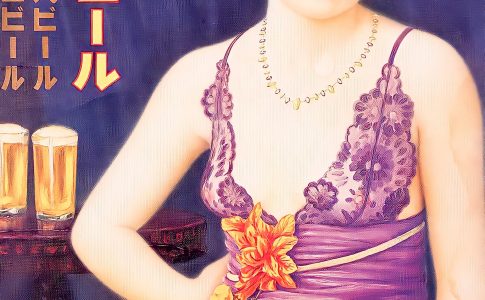
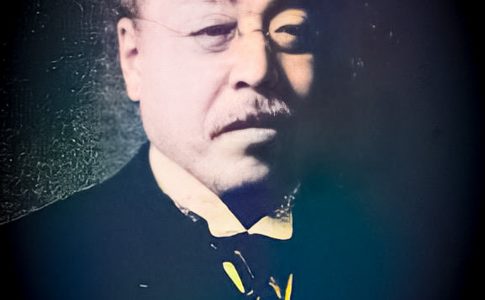
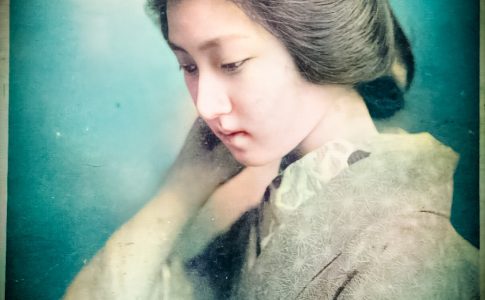

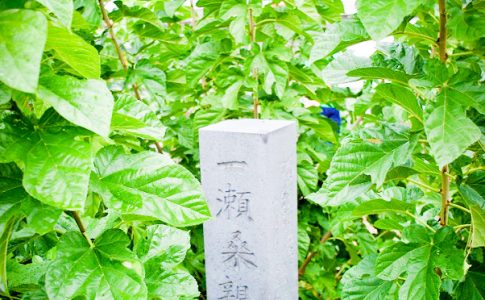
Leave a Reply